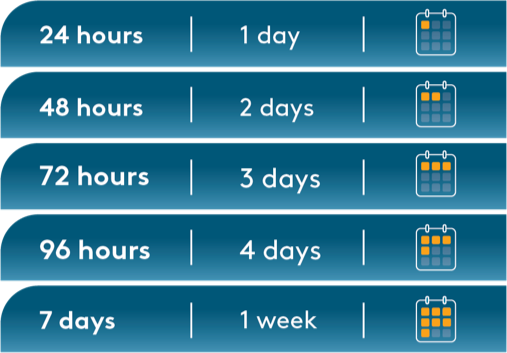WHAT IS BLINCYTO® (blinatumomab)?
B-cell precursor acute lymphoblastic leukemia (ALL) in remission when only a small number of cancer cells remain in the body (minimal residual disease)...read more
B-cell precursor acute lymphoblastic leukemia (ALL) in remission when only a small number of cancer cells remain in the body (minimal residual disease)...read more












